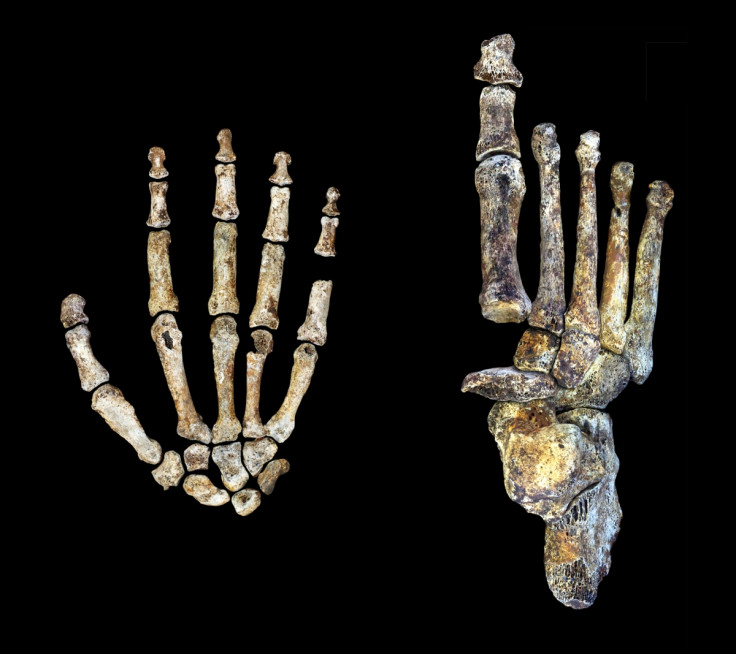Homo naledi: Hands and feet of human relative show importance of its place in evolutionary lineage

New scientific analysis of the Homo naledi – the recently discovered species that is an ancient relative of the modern-day human – has found the hands were made for climbing and tool use, while the feet were similar to that of today's humans, both of which further highlight its importance in the evolutionary lineage of Homo sapiens.
In early September, a team of palaeontologists announced they had discovered the remains of at least 15 individuals in a cave in South Africa. The study of the 1,500 fossils they found led the researchers to the conclusion that the H. naledi was a blend of primitive and human. After scrutinising the remnants further, they have found it shares more characteristics with us.
In one paper in Nature Communications, lead author Tracy Kivell, of the University of Kent, and co describe how the species' hands are equipped with, much like modern humans, a long, easily manoeuvrable thumb and a wrist architecture also similar to us. However, the report states its finger bones were longer and more curved, suggesting it was capable of easily climbing and moving through trees as well as being able to use tools with precision.
"The tool-using features of the H. naledi hand in combination with its small brain size has interesting implications for what cognitive requirements might be needed to make and use tools, and, depending on the age of these fossils, who might have made the stone tools that we find in South Africa," Kivell said.

Another paper published in the same journal, led by William Harcourt-Smith of the Lehman College, looked at the 107 foot elements. The researchers found it shares many of the same traits as human feet – showing it is well suited to standing upright and walking on two legs. However, they did note its toes were more curled than humans, which would have supported its ability to climb.
Dartmouth anthropologist Jeremy DeSilva said: "It was a striding long-distance traveller with an arched foot and a non-grasping big toe with subtle differences from humans today in having somewhat more curved toes and a reduced arch. It looks like what the foot of Homo erectus might look like.
"H. erectus is the earliest human with body proportions similar to our own, with long legs, short arms. It might be closely related to H. erectus, but the brain is smaller and it has a Lucy-like shoulder with curved fingers. This is a new combination that we haven't seen before."
© Copyright IBTimes 2025. All rights reserved.






















